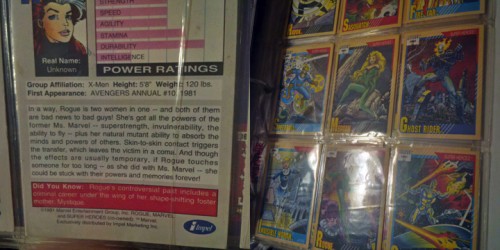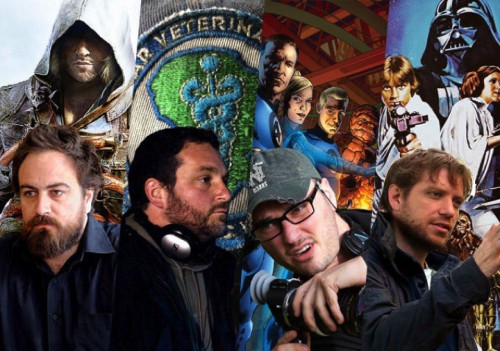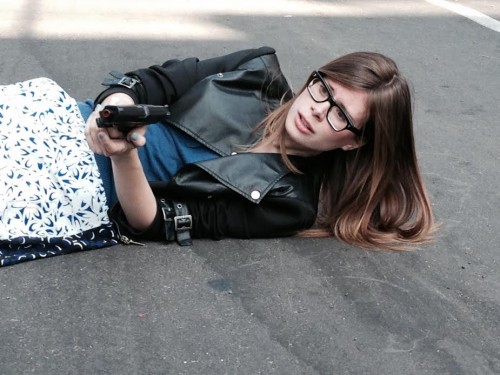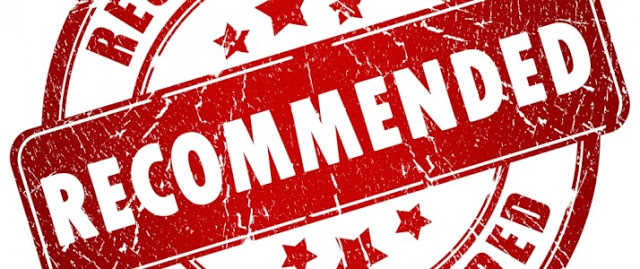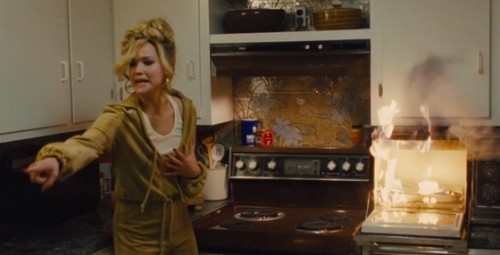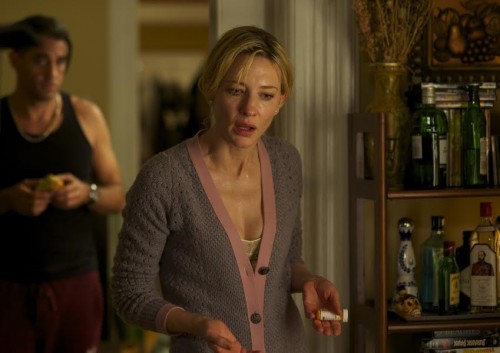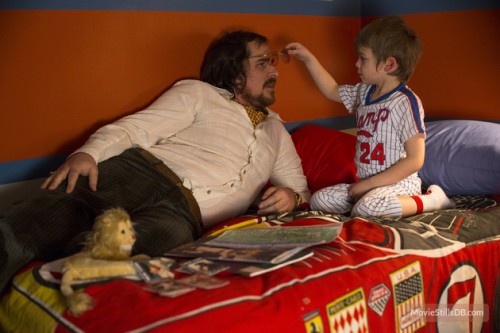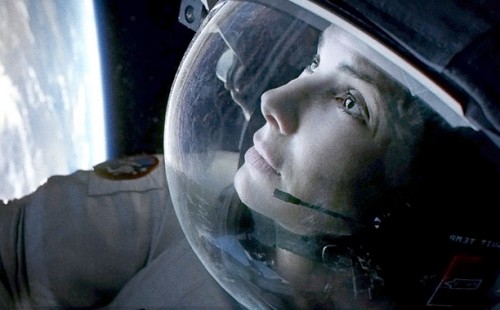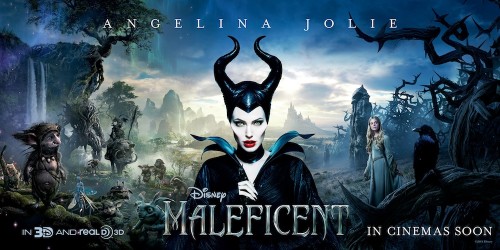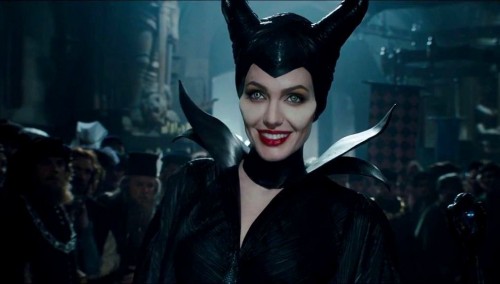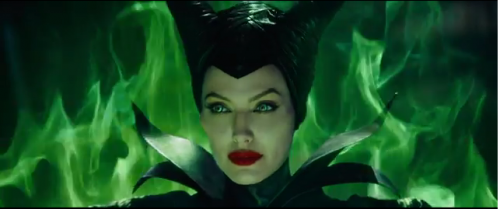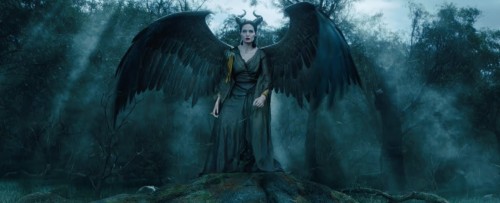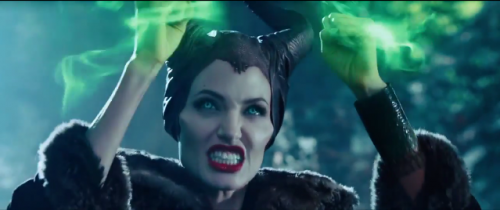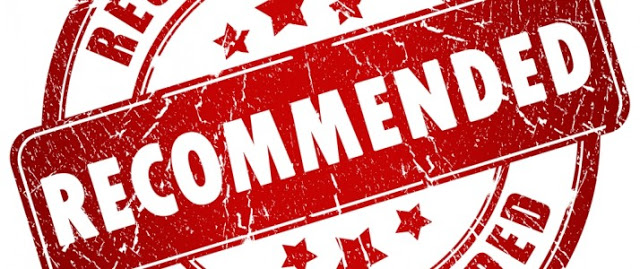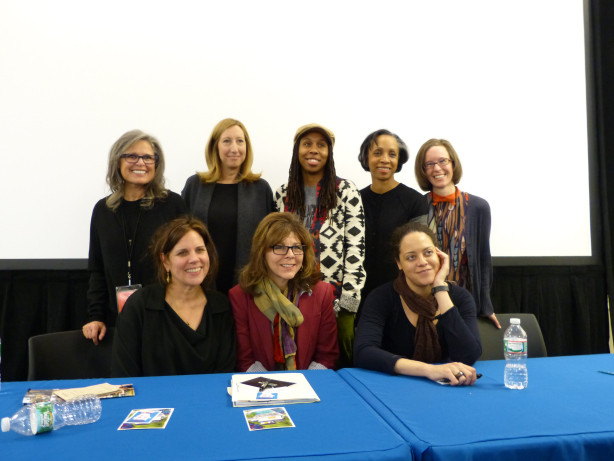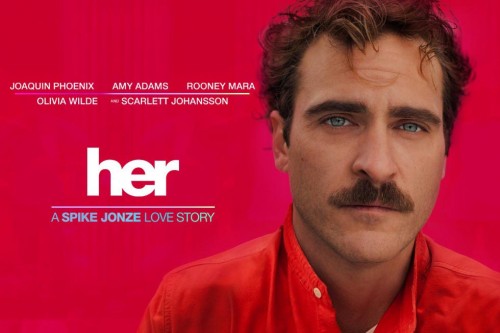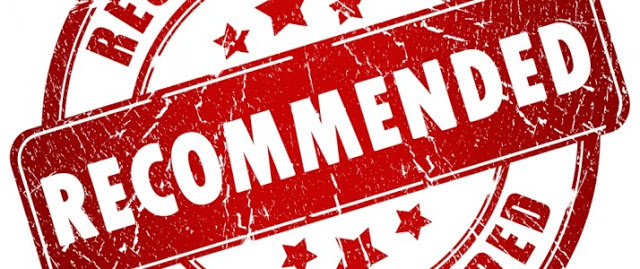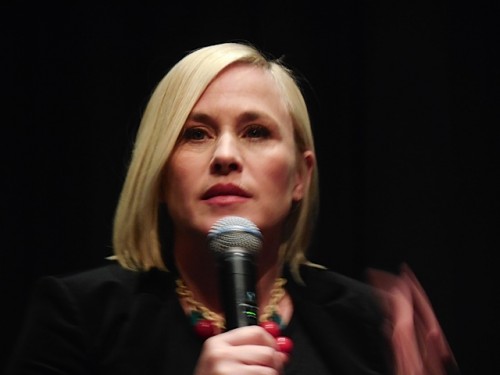
This is a guest post by Paula Schwartz.
The stars of Richard Linklater’s Boyhood–Patricia Arquette, Ethan Hawke, and Ellar Coltrane–age in real time in this one-of-a-kind nearly three-hour film. Boyhood, which was shot in short annual increments over a dozen years so the effect as you watch the actors change imperceptibly and slowly is like watching time-lapse photography.
This approach would come across as a gimmick or stunt if the movie wasn’t so good. The real magic of the film is that as you watch characters grow and age, you can’t help looking back and contemplating your own life changes.
The three stars and the director of Boyhood participated at a lively press conference recently at the Crosby Hotel in SoHo to promote the film. This marks Ethan Hawke’s eighth film with the director, whose most notable collaborations include the Before Sunrise trilogy and Dazed and Confused (1993).
Boyhood tracks the life of a full-faced pouty six-year-old, Mason (Coltrane) and his older, bratty sister, Samantha, played by Lorelei Linklater, the director’s daughter, as they grow up and mature. The story focuses on Coltrane’s character who evolves from boyhood to early manhood amid personal and family dramas, including family moves, family controversies, faltering marriages and re-marriages, new schools, first and lost loves, and good and bad times. Children of divorce, Mason and Samantha are raised by their beleaguered but devoted mother Olivia (Arquette), a hard-working woman with terrible taste in men, and her ex-husband, an immature man with a good heart but little sense of responsibility (Hawke).
Linklater described Boyhood as “this little collection of intimate moments that probably don’t fit into most movies. They’re not advancing the character enough or the story enough or the plot, but they all add up to something much bigger than each little place and each little piece of it, so that was kind of the feel to the whole movie, that it mirrors our lives.”
As to whether the film was an intimate character study or a sweeping family epic, the director said it was both. “It’s very specific and intimate but universal within that specific world. It could have been made in any country and any time. There’s such a commonality here.”
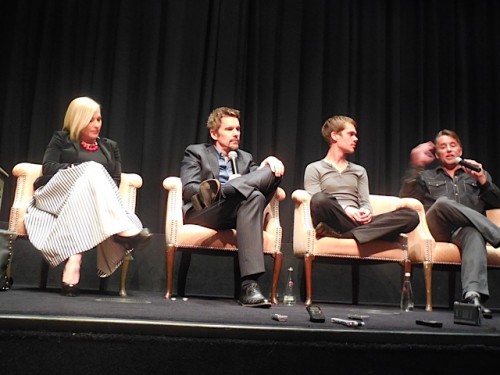
The film could just as accurately been entitled Motherhood or Fatherhood or Parenthood, Hawke said. He described it as “an epic about minutiae. That’s what it is. It’s difficult to title because of that. It’s a family seen through one boy’s eyes, so that title makes as much sense as any other.”
As for whether it was difficult for the actors to get back in character every year for the brief period they shot their roles, Coltrane explained, “It was a very long build up every year. We’d have a couple months to think about what we were doing and then a solid week of kind of work shopping and building the character and figuring out where the characters were that year, so by the time we got to filming we were kind of just already there.”
Arquette, who is terrific as Olivia, turns in a nuanced and complex performance that is vanity free. We watch her age perceptively and slowly as her character gains wisdom but still falters. In other words, she’s the kind of three-dimensional woman we rarely see in American films.
Hawke turned to Arquette during the press conference and told her, “I’m just throwing props your way. I’m surprised that people don’t write about more is that how awesome it is to see Patricia’s character be in this movie and to see a real woman who is a mother and a lover and more than one thing in a movie. I feel so proud to be a part of a movie that respects her character the way this movie does, and I feel it’s also sometimes so real and so true that you almost don’t ever see this in film,” he said. “It’s true in life. We see it all the time, but I don’t see that woman in movies. I don’t see her.”
“She’s in the background or just kind of in the background or ancillary elements to give some encouragement in some way to some scruffy guy. Olivia is a real, three-dimensional human being, and it was so exciting, and the women in my life who see the movie so appreciate it,” he said. ” She’s not just good, she does stupid things and smart things.”
He added, ” I just love her. You can’t pin down. One minute you go, oh she’s a good mother! No, wait, actually that was not a great decision. We’re used to people in movies being one thing, all the time.”
Arquette explained her acting technique. “In acting you have to get past your own head and your own ego and all of these fucking barriers and walls to just get to a place where hopefully you can be present enough in a scene with someone.” She added of the collaborative process, “I trusted the process. It was jumping into the void from the get-go, but when you’re in the right hands, and you jump into the void together, really great things can come of it.”
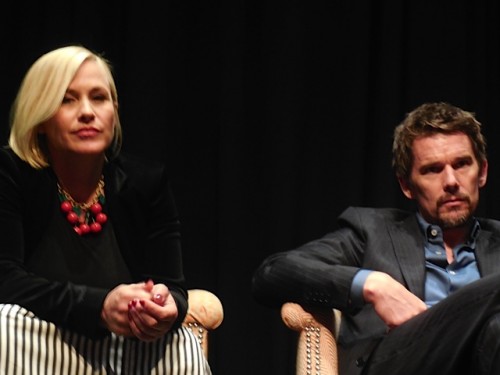
Ultimately, the director said, the movie “was always going to be a portrait of growing up but also parenting and aging. That you don’t quit growing up, especially once you’re a parent.” Hawke and Arquette’s characters are bumbling through parenting as this was happening in real life with the actors and director. “We had ourselves as parents,” Linklater said. “During this film we had five children born between us and that was just an ongoing part of life.” At the same time, “ You’re thinking of your parents once you’re a parent yourself.”
The movie mirrored what was happening in the lives of the actors and director. “We didn’t want anything to feel like it wasn’t earned or tethered to some sort of reality. I don’t think there’s anything in the movie that didn’t come out of my life or their lives,” Linklater said. His hope was that the film opened the audience up to the possibility of seeing the connection between their lives and that of the characters in the film. “Once you get to this thinking about life in general and your own life and loved ones and your own experiences, triggering all kinds of wonderful things I hope, painful and wonderful things.”
Paula Schwartz is a veteran journalist who worked at the New York Times for three decades. For five years she was the Baguette for the New York Times movie awards blog Carpetbaggers. Before that she worked on the New York Times night life column, Boldface, where she covered the celebrity beat. She endured a poke in the ribs by Elijah Wood’s publicist, was ejected from a party by Michael Douglas’s flak after he didn’t appreciate what she wrote, and endured numerous other indignities to get a story. More happily she interviewed major actors and directors–all of whom were good company and extremely kind–including Brad Pitt, Angelina Jolie, Morgan Freeman, Clint Eastwood, Christopher Plummer, Dustin Hoffman and the hammy pooch “Uggie” from “The Artist.” Her idea of heaven is watching at least three movies in a row with an appreciative audience that’s not texting. Her work has appeared in Moviemaker, more.com, showbiz411 and reelifewithjane.com.
